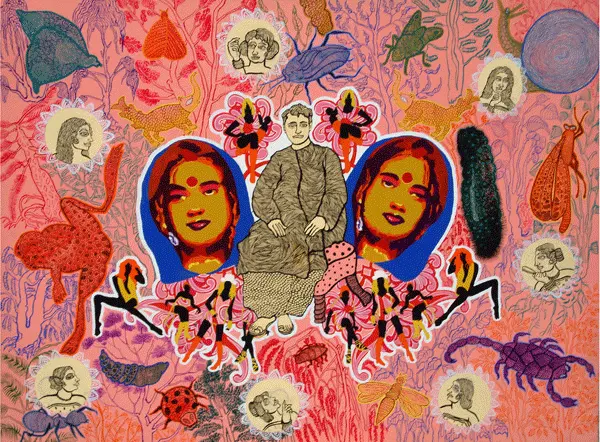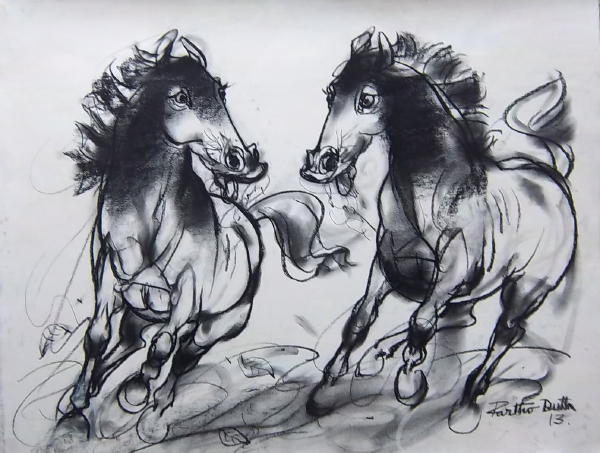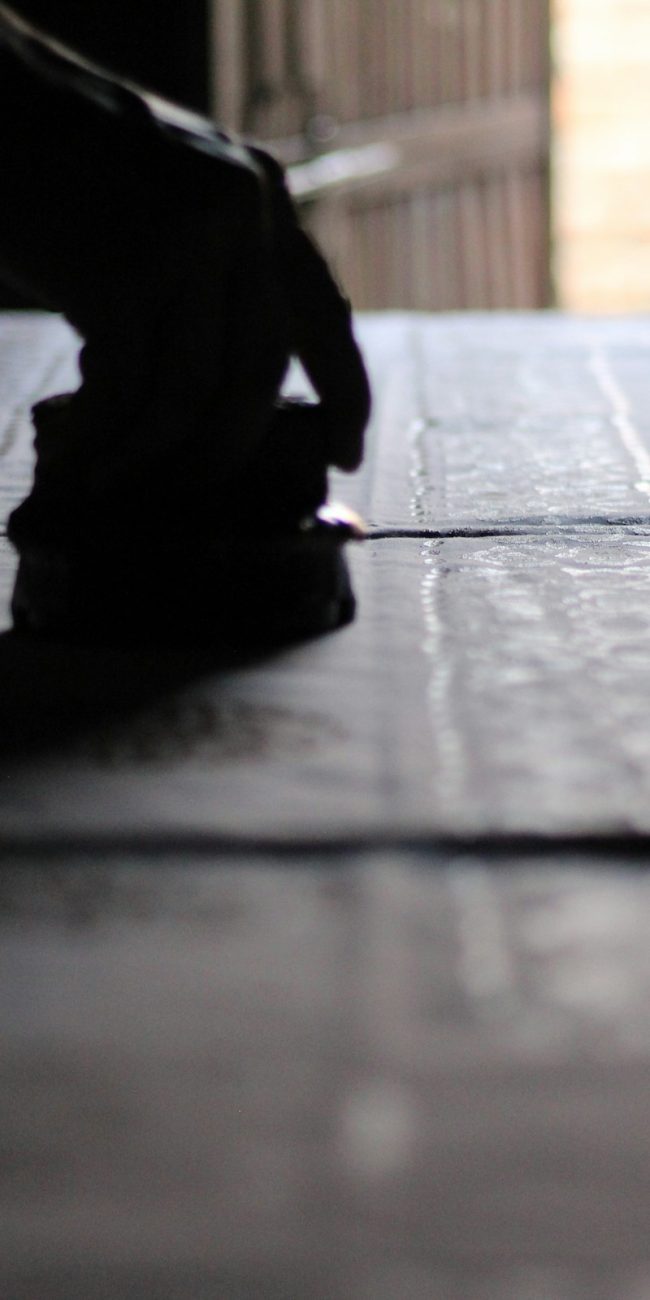
What Factors Determine the Price of an Artwork?
When you see a piece of art, you might wonder: Why is this painting worth thousands while another cost just a few bucks? Understanding how artwork is priced can be confusing for those new to the art world. But don’t worry! We’re here to simplify it for you.
In this blog, we’ll break down the key factors that determine the price of an artwork in India. This guide will help you understand the secrets behind those price tags.
1. The Artist’s Reputation

The name behind the artwork is often the most crucial factor. If the artist is well-known, celebrated, or has a strong track record of exhibitions and sales, their work will naturally command higher prices.
For instance, artists like S.H. Raza or M.F. Husain have a massive following, and their works are seen as investments. Emerging artists, on the other hand, may price their art more affordably to attract collectors and establish their market presence.
2. Rarity and Exclusivity
The price of art depends on its rarity and exclusivity. Original, one-of-a-kind artworks are generally more expensive than reproductions or prints. Limited-edition pieces, like a print series of 100, also hold higher value compared to open editions or mass-produced works. Rarity adds to the appeal, making collectors willing to pay a premium for something unique. For example, a unique sculpture created by a well-known Indian artist will cost significantly more than a print of the same design. The fewer copies available, the higher the demand and price, as collectors value the exclusivity and uniqueness of such artworks.
3. Size and Medium
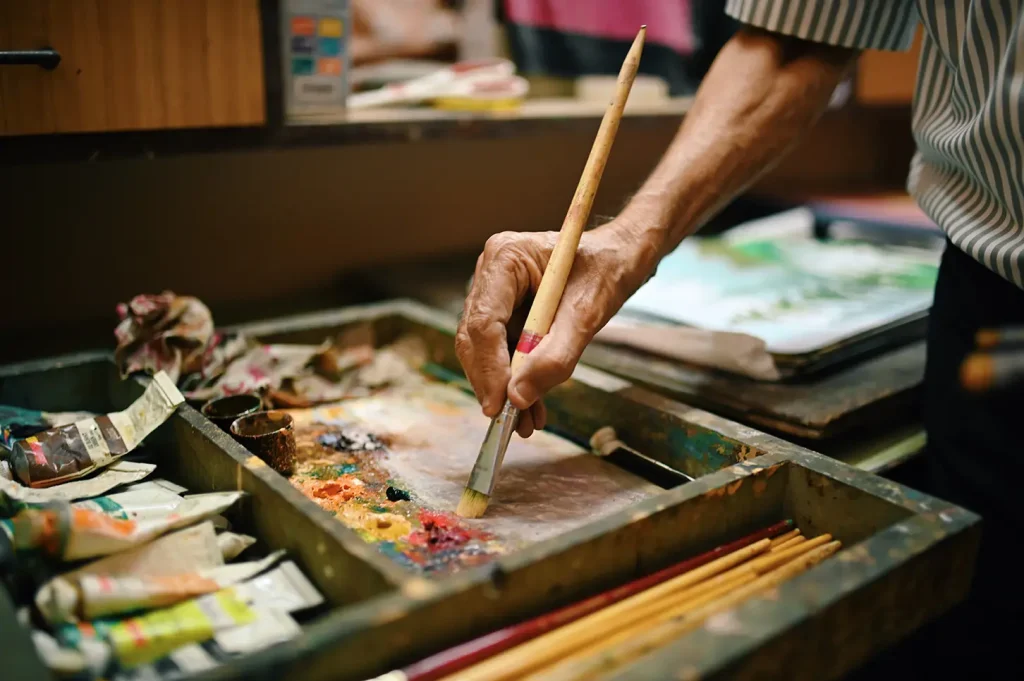
Size matters, but so does the medium. A large oil painting will typically cost more than a small watercolor or pencil sketch. Why? Larger pieces often require more materials, time, and effort. Similarly, certain mediums like bronze sculptures or large-scale canvases can demand a higher price due to the cost of production and the skill involved.
4. Art’s Historical Significance
If a piece of art has historical or cultural importance, it will naturally fetch a higher price. For instance, artworks created during significant movements (like the Impressionist or Modernist eras) or by artists who pioneered a specific style are often priced at a premium. Even contemporary pieces can carry historical value if they’re tied to major events or trends in society.
5. Demand and Popularity

In the art market, demand is a huge factor. If an artist’s work is in high demand, prices can shoot up. Sometimes, this demand is fueled by trends like a certain style or theme being popular at the moment For instance, vibrant abstract art might be trending this year, and next year it could be detailed portraiture. Art collectors and investors often follow these trends to determine what’s “hot” in the market.
6. Condition and Preservation
An artwork’s condition plays a huge role in its pricing. A well-preserved piece will fetch a higher price compared to one that’s damaged or poorly maintained. Restorations can help, but a piece that’s untouched and in pristine condition is always more desirable.
The materials used in the artwork can also affect how well it ages over time. Proper storage and handling are key to maintaining its condition. Exposure to sunlight, humidity, or dust can cause damage that lowers its value. Buyers often inspect the condition carefully before deciding to invest.
7. The Market (Galleries, Auctions, and Online)
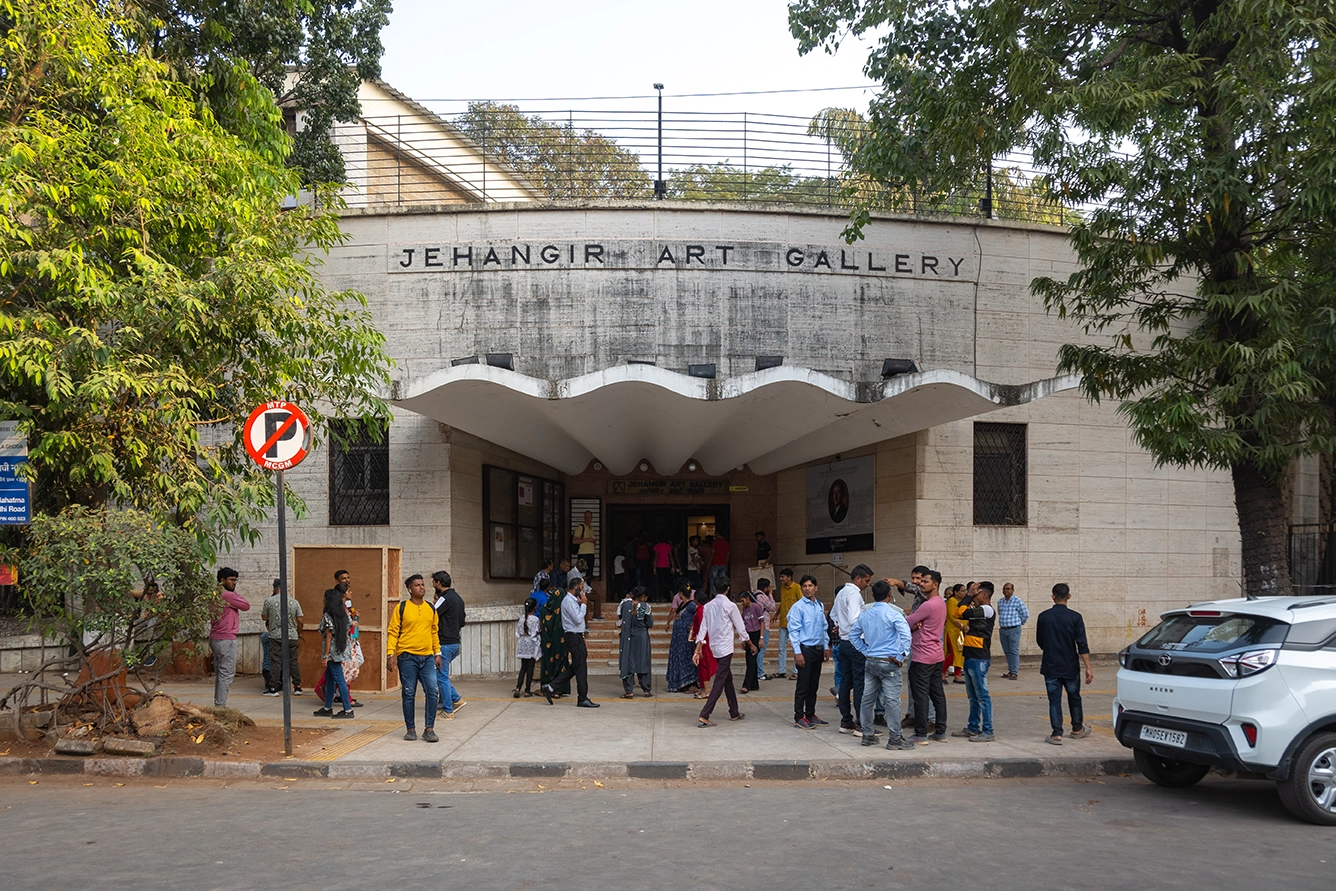
Where an artwork is sold matters. Galleries often showcase established artists and price artworks higher because they cater to serious buyers and collectors. Auctions can push prices up if there’s competitive bidding. Meanwhile, online platforms might offer more affordable options for emerging artists. Check out AIM Gallery for beautiful artworks by talented Indian artists. We showcase unique pieces from new and creative Indian artists, based in Chandigarh.
Art fairs provide another space where collectors can explore a wide range of works and often discover unique pieces. Museums selling art from their collections might attract buyers looking for historic value. Local art markets are great for finding affordable, one-of-a-kind pieces directly from artists. The reputation of the seller also impacts how much buyers are willing to pay.
8. Emotional Connection and Aesthetic Appeal
Sometimes, it’s not about the technicalities. If an artwork deeply resonates with someone – whether it’s the colors, the subject, or the emotions it evokes – it can drive up the price. Emotional connections make people more willing to pay a premium for a piece.
Art that speaks to someone’s personal experiences or memories can have a stronger impact. People often connect with artworks that remind them of a special place, person, or moment in time. This emotional value can make the piece feel irreplaceable. As a result, buyers may be willing to pay more for something that holds personal meaning.
Conclusion
Art pricing isn’t an exact science, but understanding these factors can help you navigate the art world with confidence. Whether you’re an aspiring collector, an investor, or someone who just loves beautiful things, knowing what influences art prices will make your journey more rewarding.
So, the next time you look at a painting and wonder, Why does this cost so much? – you’ll know exactly why. Happy collecting!




